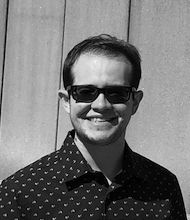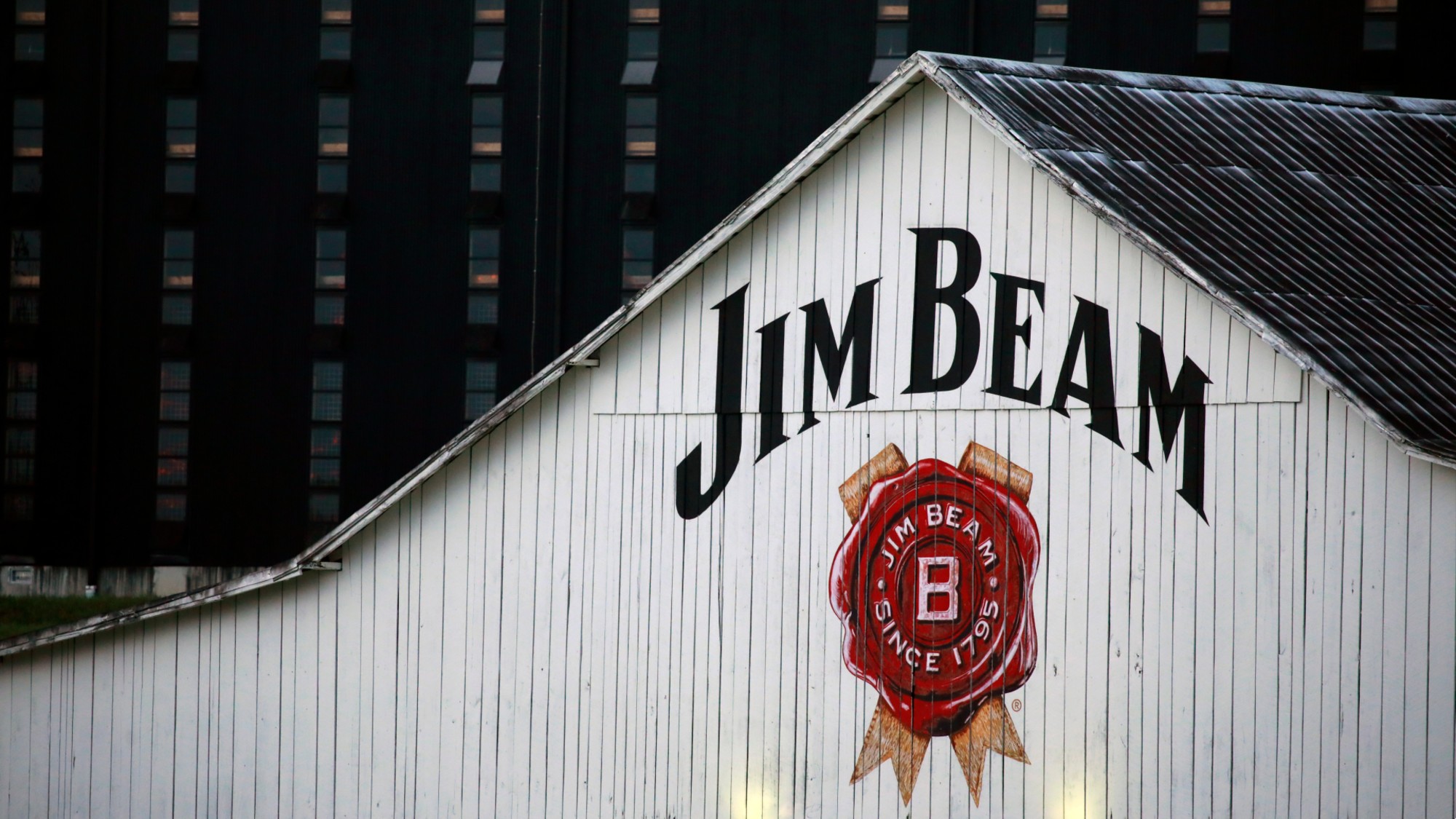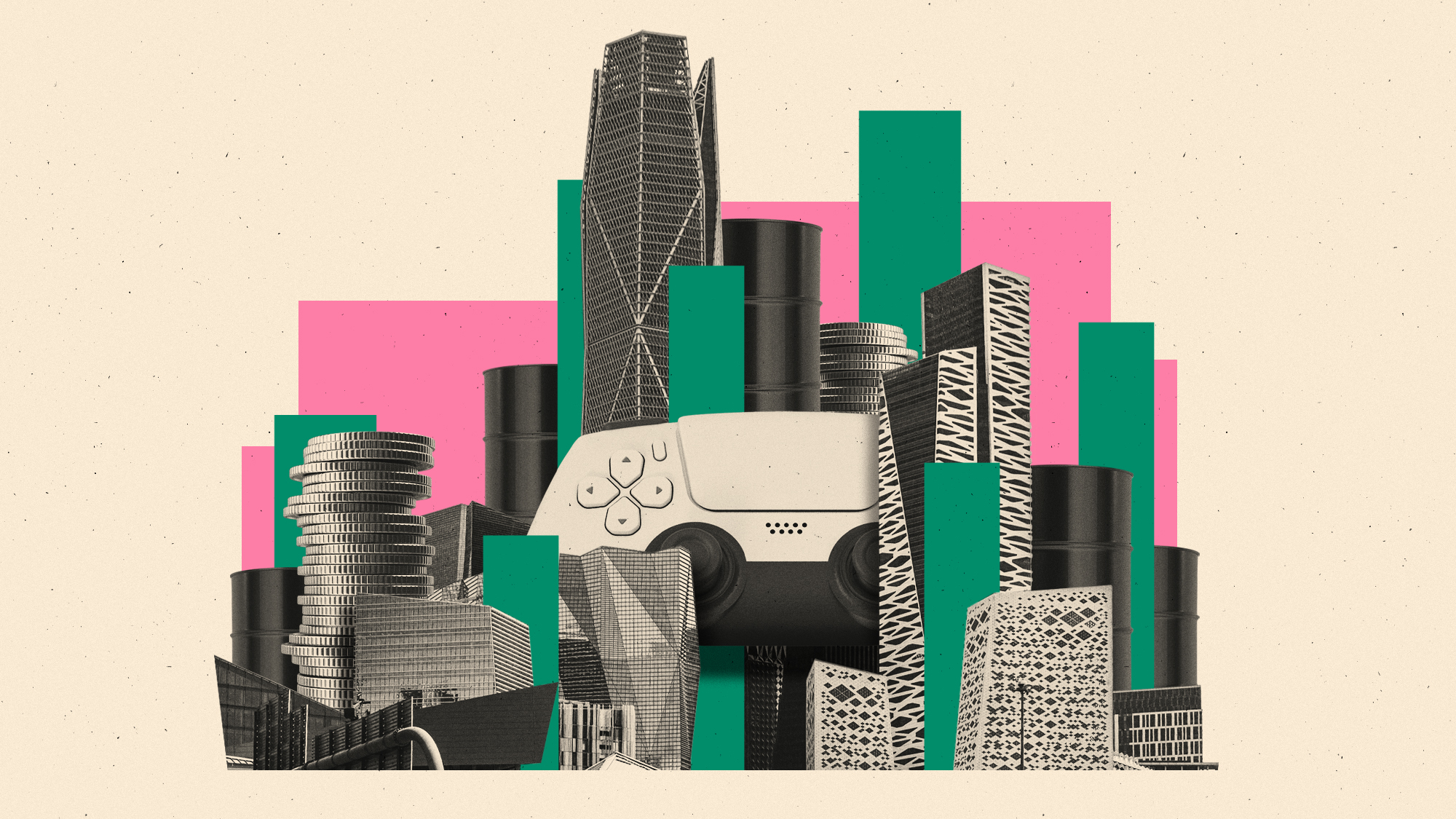Why 2023 has been the year of strikes and labor movements
From Hollywood to auto factories, workers are taking to the picket lines


The picket lines are picking up steam in 2023. From Hollywood to auto factories, hotels to hospitals, this year has seen a resurgence in strikes.
While every strike has had unique goals, there is a common thread throughout almost all of them: a push for higher wages. As the pay of executives in the C-suites continues to rise as other wages stagnate, the growing wealth disparity has led to calls for a more equitable distribution of profits.
At least 362,000 employees across the United States have already gone on strike in 2023, CNBC reported. "The 'summer of strikes' needs a new name," because there is "no sign of a slowdown in workers walking off the job" as fall unfolds. But the gap between rich and poor has been increasing for a long time, especially in industries such as film and television, where striking workers shut down production this year. So why has 2023 in particular become the year of strikes?
The Week
Escape your echo chamber. Get the facts behind the news, plus analysis from multiple perspectives.

Sign up for The Week's Free Newsletters
From our morning news briefing to a weekly Good News Newsletter, get the best of The Week delivered directly to your inbox.
From our morning news briefing to a weekly Good News Newsletter, get the best of The Week delivered directly to your inbox.
What industries had walkouts in 2023?
The highest-profile strikes have been in Hollywood, where both the writers union and actors union picketed film and television studios. The Writers Guild of America was able to reach an agreement to end their strike after more than four months. The actors union, SAG-AFTRA, remains on strike against the studios, though "both sides are coming back to the table," Deadline reported.
The other major — and arguably more consequential — strike is from the United Auto Workers (UAW), who are picketing the "Big Three" American car manufacturers: GM, Ford and Stellantis. While some progress has reportedly been made, the UAW is continuing to approve walkouts at select auto plants in Illinois, Michigan, Ohio and other states.
Additional strikes have sprung up among hospitality workers, nurses, pharmacists, teachers, service industry workers and more. "Many workers are increasingly frustrated with decades-long rising income inequality,” Johnnie Kallas, project director of the ILR Labor Action Tracker, told CNBC.
Why has 2023 seen a boom in strikes?
There are a number of factors that appear to have made 2023 the perfect storm for labor movements, many of them tied to the Covid-19 pandemic. Strikes have been increasing for the past few years, coinciding with "a tight job market that arose during the pandemic, forcing companies to compete for a relatively small pool of available workers and in turn boosting employee leverage," Harry Katz, a professor at Cornell University's School of Industrial and Labor Relations, told ABC News.
A free daily email with the biggest news stories of the day – and the best features from TheWeek.com
Many employees have also become worried by the "adoption of technology that threatens to replace or sideline workers" following the pandemic, Daron Acemoglu, an economics professor at MIT, told ABC. This has given unionized employees a greater incentive to strike. And as the economy has shifted to a post-pandemic cycle, "the labor market is strong and the unemployment rate is low," Katz added, giving laborers even more power.
"We’re living through a strong labor market and economy, and workers and unions feel more leverage when economic forces are blowing in the direction they have been," Georgetown University labor historian Joseph McCartin agreed at CNN.
Even when the economy was slightly less favorable, the winds foretold a strike year. In December 2022 — when unemployment was higher than now — MIT professor Thomas Kochan told Time he expected "more conflict, more strikes and more contract rejections" in the coming year.
What's next for labor unions?
Even with this major uptick in strikes, "overall union activity has fallen since the 1970s and '80s," The New York Times reported. During that era, "the number of workers on strike in a year regularly surpassed 400,000." Since then, union membership has plummeted. "The percent of the workforce belonging to a union dropped to about 10% in 2022 from over 20% in 1983," the Times noted.
However, the walkouts are unlikely to dissipate anytime soon given the success of the Hollywood writers and other labor action. And while union membership may be down, support for unions is up. A Gallup poll released in August found that 67% of Americans approved of unions, down slightly from 71% in 2022 but "the fifth straight year this reading has exceeded its long-term average of 62%," Gallup said.
More importantly for the labor movement, "Americans' desire for unions to have more influence in the country has increased gradually, from a record-low 25% in 2009 to 43% today," Gallup added.
Justin Klawans has worked as a staff writer at The Week since 2022. He began his career covering local news before joining Newsweek as a breaking news reporter, where he wrote about politics, national and global affairs, business, crime, sports, film, television and other news. Justin has also freelanced for outlets including Collider and United Press International.
-
 Tariffs have American whiskey distillers on the rocks
Tariffs have American whiskey distillers on the rocksIn the Spotlight Jim Beam is the latest brand to feel the pain
-
 Starbucks workers are planning their ‘biggest strike’ ever
Starbucks workers are planning their ‘biggest strike’ everThe Explainer The union said 92% of its members voted to strike
-
 Argentinian beef is at the center of American farmers’ woes
Argentinian beef is at the center of American farmers’ woesThe Explainer ‘It feels like a slap in the face to rural America,’ said one farmer
-
 The struggles of Aston Martin: burning cash not rubber
The struggles of Aston Martin: burning cash not rubberIn the Spotlight The car manufacturer, famous for its association with the James Bond franchise, is ‘running out of road’
-
 What Saudi Arabia wants with EA video games
What Saudi Arabia wants with EA video gamesIn the Spotlight The kingdom’s latest investment in gaming is another win for its ‘soft power’ portfolio
-
 Labor: Federal unions struggle to survive Trump
Labor: Federal unions struggle to survive TrumpFeature Trump moves to strip union rights from federal workers
-
 The FTC is pushing back against false 'Made in the USA' claims
The FTC is pushing back against false 'Made in the USA' claimsThe Explainer The agency has dubbed July 2025 'Made in the USA' month
-
 Why the world's busiest shipping routes are under threat
Why the world's busiest shipping routes are under threatThe Explainer Political tensions, mega ships and global warming offer new challenges – and opportunities



